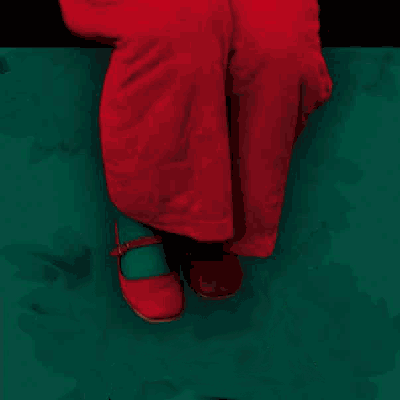 COM.on C.A.4:e3/14-20
Online published on Apr.12, 2010.
COM.on C.A.4:e3/14-20
Online published on Apr.12, 2010.doi:10.4236/coca.2010.41003
 COM.on C.A.4:e3/14-20
Online published on Apr.12, 2010.
COM.on C.A.4:e3/14-20
Online published on Apr.12, 2010.TONG Chunxia
School of Anthropology and Sociology, Minzu University of China, Beijing 100081, China
Key words: Child marriage; Shandong Province; Southern China; Northern China; Comparative study
Recieved: Mar.31, 2010 Accepted: Apr. 7, 2010 Corresponding: tongchunxia@126.com
《现代人类学通讯》第四卷e3篇 第14-20页 2010年4月12日网上发行
研究报告
中国北方童养媳特点及其成因
佟春霞
中央民族大学民族学与社会学学院, 北京 100081
摘要:童养媳是旧中国的一种婚姻形式。以往的童养媳习俗研究多着眼于华南,而华北的研究少见报道。本文根据山东青州和临沂两市的调查数据、对比南方童养媳的特点分析北方童养媳习俗的总体状况。北方童养媳习俗总体表现出童养媳不普遍、收养年龄偏大、童婚形式仅限于贫穷的家庭以及童婚的婚姻结果普遍偏好等特点。笔者认为,这些差异出现的本质原因是,南北方生产方式的不同导致了对待童婚的不同态度,进而形成了不同的童婚文化。同时,基于目前童养媳研究的案例多出于华南而北方较少的状况,期望本文可以有助于更全面地解读中国的童婚现象。
关键词:童养媳;山东;中国北方;中国南方;对比研究
收稿日期:2010年3月31日
修回日期:2010年4月7日
联系人:佟春霞
This study was supported by the
National Science Foundation
(SPO35950) of USA to Hill Gates from
Stanford University.
参考文献 References
1. 郭松义(2000)伦理与生活——清代的婚姻关系. 北京:商务印书馆.252.
2.
温文芳(2005)晚清童养媳的婚姻状况及其盛行的原因.甘肃行
3.
庄英章,武雅士(中华民国八十七年三月)华南地区的婚姻形态(
4.
朱琳(2005)明清徽州女子婚龄浅探.安徽史学(6):80-
5.
肖倩(2001)清代江西民间溺女与童养.无锡轻工大学学报2(
6.
房学嘉(2003)关于旧时梅县童婚盛行的初步思考.嘉应大学学
7. Wolf AP (1968) Adopt a Daughter-in-law, Marry a Sister: A Chinese Solution to the Problem of the Incest Taboo. American Anthropologist 70(5):864-874.
8. 石奕龙(1997)福建畲族的婚姻状况和收养关系.民族研究 (5):41-50.
9.
刘毅(2005)关于古代童养媳现象的思考.中共郑州市委党校学
10. Chuang YC, Wolf AP(1995) Marriage in Taiwan, 1881-1905: An Example of Regional Diversity. The Journal of Asian Studies 54(3):781-795.
11.
庄英章(中华民国八十三年十二月)家族与婚姻-台湾北部两个闽客
12. Wolf, Authur P. and Chieh-shan Huang(1980) Marriage and Adoption in China, 1845-1945. Stanford: Stanford University Press. 167-169.
13.
武雅士.潘蛟(译)(1996)韦斯特马克的复活.世界民族(
14. Wolf M (1972) Women and the Family in Rural Taiwan. Stanford: Stanford University Press.32-41.
15.
姜振昌,季雅群(2004)贫穷与封建文化联姻的畸形儿.临沂师
16.
钱惠英(1996)从徽州民谣看徽州妇女.徽州师专学报(哲学社
17.
中安在线,徽文化,资料库:http://cul.
18. 韩敏(2007)回应革命与改革.江苏人民出版社年版.186.
19. 周祖文(2008)论十八世纪小农家庭的生存经济.浙江社会科学 (2):105-106.
20.
黄宗智(1986)华北的小农经济与社会变迁.中华书局.
21. Levy MJ(1968) The Family Revolution in Modern China. New York: Atheneum.
22. Fried MH(1956) Fabric of Chinese Society: A Study of the Social Life of a Chinese Country Seat. London: Atlantic Press.